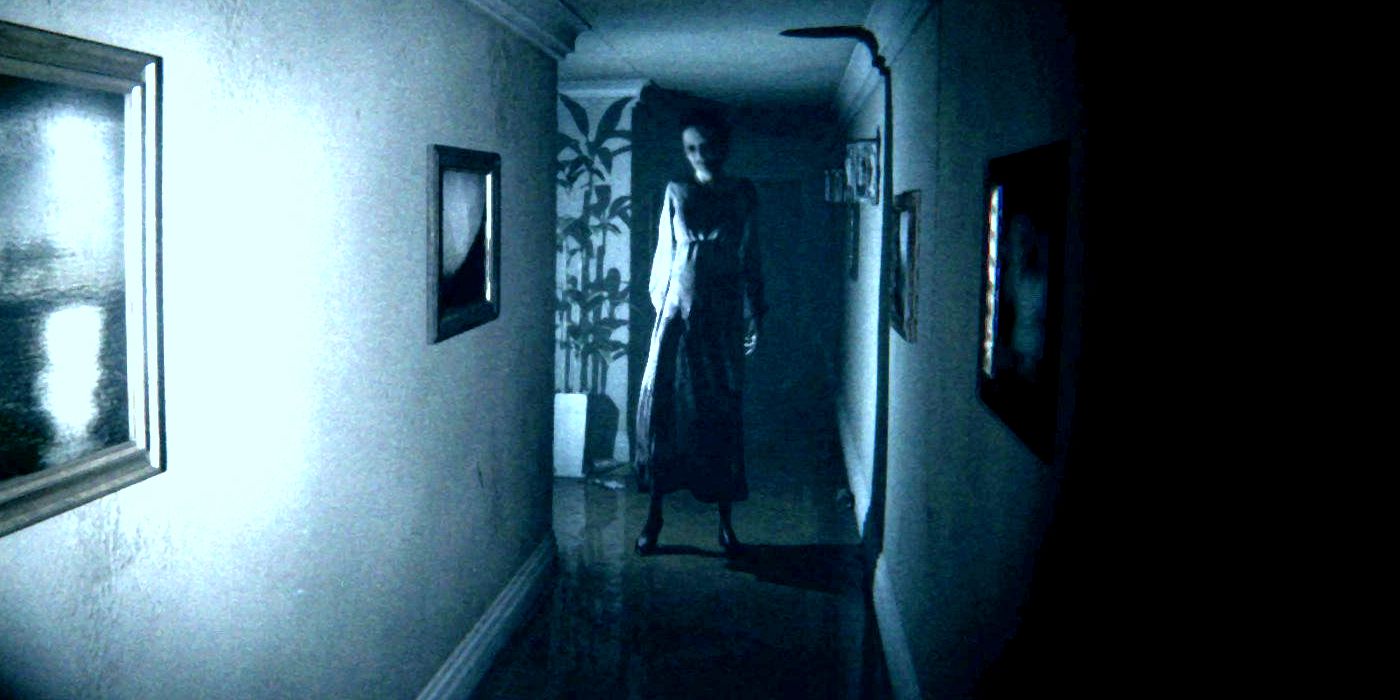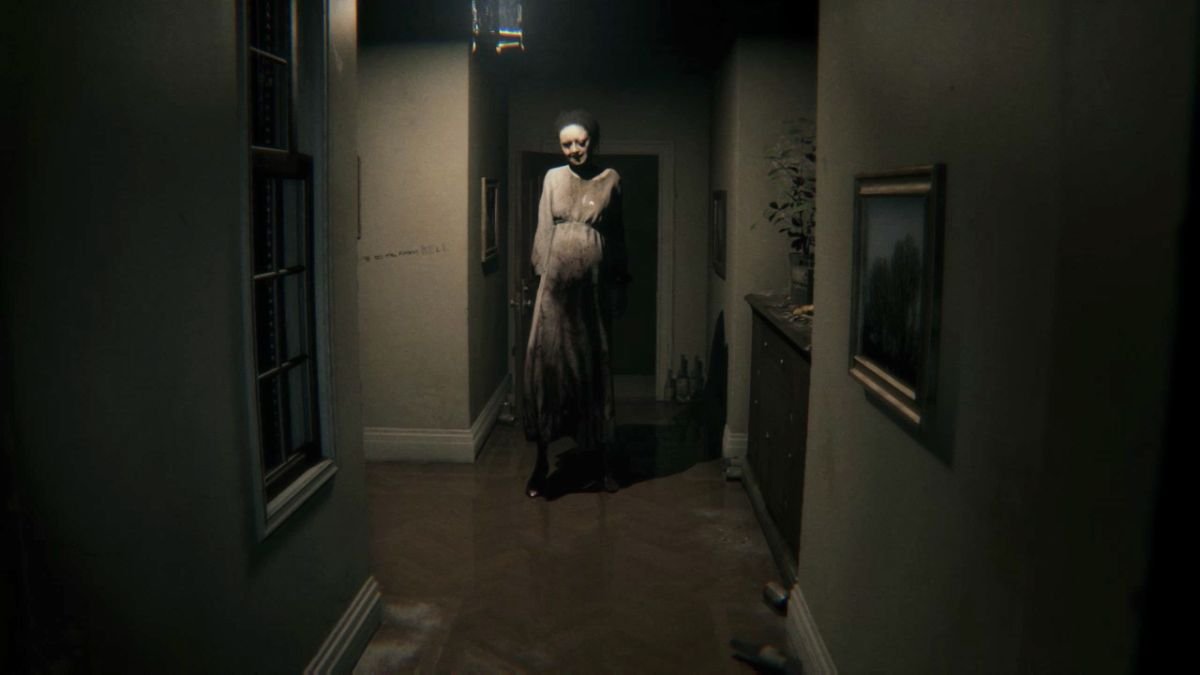In “P.T.” (Playable Teaser), sound design plays a critical role in enhancing the atmospheric tension and guiding the player’s experience through its horror elements. The game integrates a variety of distinctive audio cues that signal pivotal moments or the presence of the ghostly figure, Lisa. Here’s a detailed overview of these sound cues and their significance:
1. Baby Giggles/Laughs: The occurrence of baby giggles, heard after the midnight clock chimes and while traversing certain distances, indicates that players are nearing key moments in the narrative or that Lisa is close by. These sounds serve as auditory markers, helping players track the ghost’s proximity and thereby triggering specific events. Their seemingly innocent nature contrasts sharply with the terror of the unfolding situation, heightening the psychological tension.
2. Static from the Radio: This sound cue signifies that Lisa is connected to the radio, prompting players to pay closer attention to this device. The static effectively creates an ambiance of dread, suggesting that something is amiss and that a deeper investigation is warranted. This not only indicates a point of interaction but also reinforces the game’s theme of communication and disconnection.
3. Heavy Breathing from the Phone: The unsettling sounds of heavy breathing emanating from the phone suggest that the ghost’s influence extends to this object as well. Players must interact with or check the phone to progress, although doing so may lead to unexpected scares. The heavy breathing acts as both a guide and a warning, increasing the player’s unease.
4. Woman Crying from the Mirror: The sound of a woman crying signals Lisa’s association with the bathroom mirror, which is a focal point for horrific encounters in the game. This auditory cue compels players to approach this location, creating an intimate tension as it evokes feelings of sadness and dread simultaneously.
5. Midnight Chimes: The chiming of a clock marks the transition into the looping sequence of the game. This sound acts as a catalyst for forthcoming interactions or scares, establishing a rhythmic structure that players learn to anticipate. The familiarity of the chimes creates an unsettling contrast when they are followed by terrifying occurrences.
6. Controller Vibration: This tactile feedback is subtle yet imperative, instructing players to stand still in anticipation of an upcoming scare or event. The physicality of controller vibrations adds a layer of immersion, making the player’s body react in tune with the psychological tension building within the game.
7. Ambient Sounds: Additional soundscapes, such as distorted cries, numeric sequences, glitch noises, and footsteps, further enrich the audio environment. These cues signal changes in the surroundings, like color shifts in the hallway or moments of visual glitches. Such elements contribute to a sense of disorientation and heighten the stakes as the player progresses through the game.
8. Long Silent Periods: “P.T.” expertly uses long stretches of silence punctuated by sudden, creepy sounds to manipulate the player’s expectations. This technique lulls players into a false sense of security, only to shatter it with unexpected frights. It builds a layered atmosphere of tension, making each subsequent scare more impactful as players become attuned to the game’s rhythm.
Overall, the sound cues in “P.T.” are intricately woven into the gameplay, allowing players to not only acknowledge impending scares but also to experience the escalating psychological horror that characterizes the game. By learning to associate specific sounds with the ghost’s presence or environmental changes, players become part of a chilling narrative that emphasizes their vulnerability and the game’s haunting themes.




Leave a Reply